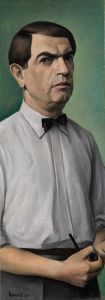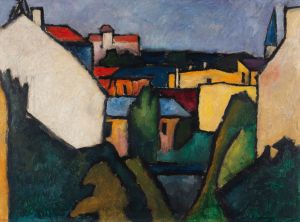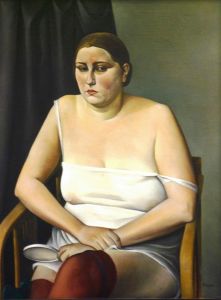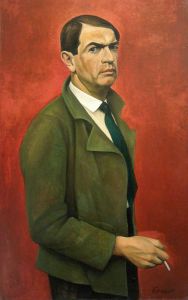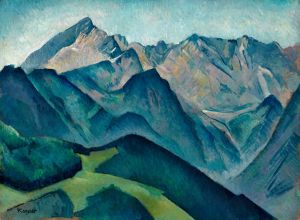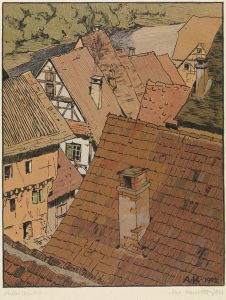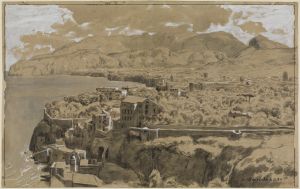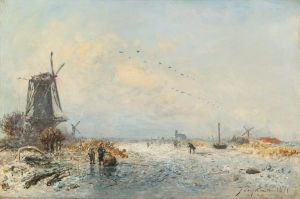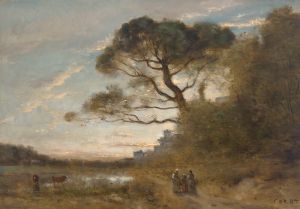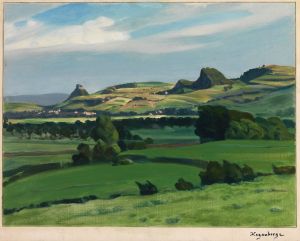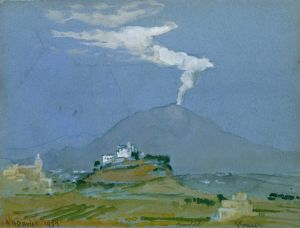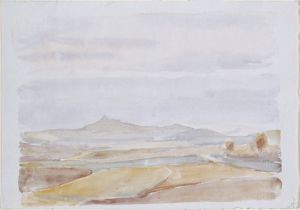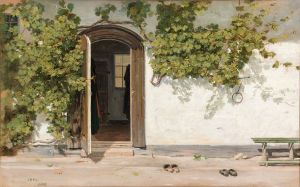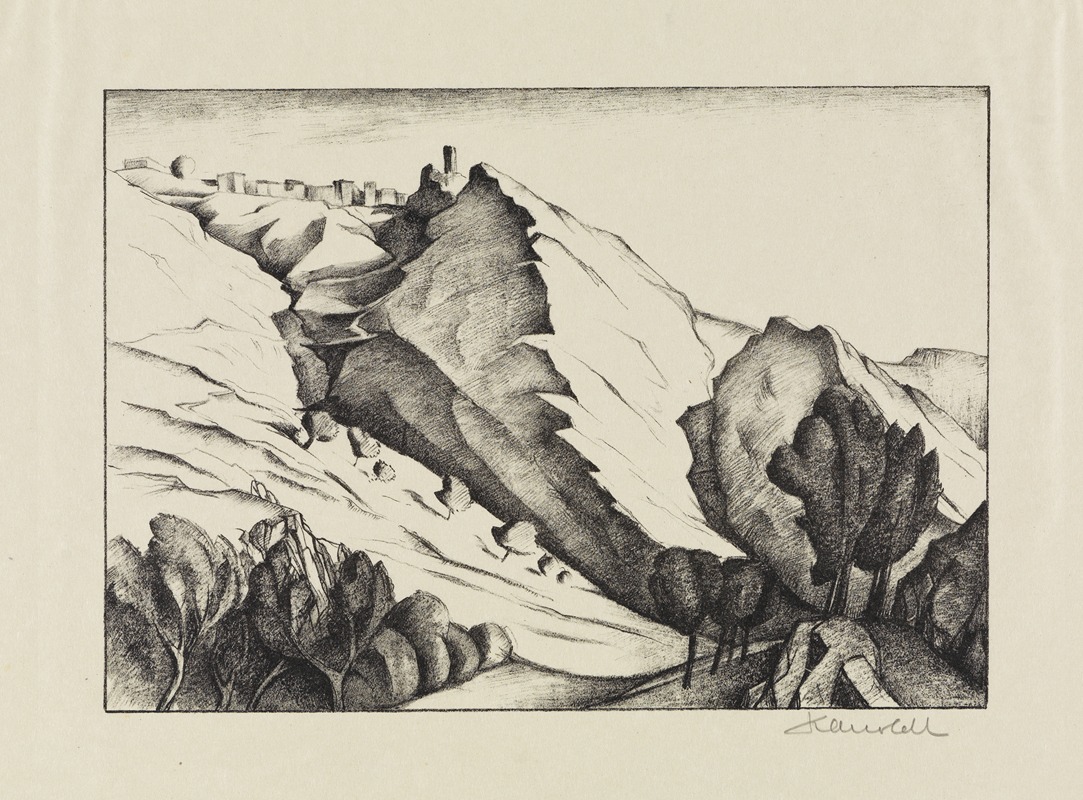
Paese latino
A hand-painted replica of Alexander Kanoldt’s masterpiece Paese latino, meticulously crafted by professional artists to capture the true essence of the original. Each piece is created with museum-quality canvas and rare mineral pigments, carefully painted by experienced artists with delicate brushstrokes and rich, layered colors to perfectly recreate the texture of the original artwork. Unlike machine-printed reproductions, this hand-painted version brings the painting to life, infused with the artist’s emotions and skill in every stroke. Whether for personal collection or home decoration, it instantly elevates the artistic atmosphere of any space.
Alexander Kanoldt (1881–1939) was a German painter associated with the New Objectivity (Neue Sachlichkeit) movement, which emerged in the 1920s as a reaction against the emotional intensity of Expressionism. His painting Paese latino (Latin Landscape) is one of his notable works, showcasing his characteristic style that blends realism with a sense of detachment and precision.
Paese latino was created in 1924 and reflects Kanoldt's interest in stillness, clarity, and architectural forms. The painting depicts a serene Mediterranean landscape, featuring a composition of geometric buildings, lush vegetation, and a tranquil atmosphere. The work is marked by its meticulous attention to detail, clean lines, and a subdued color palette, which are hallmarks of the New Objectivity movement. Kanoldt's approach emphasizes a sense of order and timelessness, distancing the viewer from emotional engagement and instead inviting contemplation of the scene's formal qualities.
Kanoldt was influenced by Italian Renaissance art, and this influence is evident in Paese latino. The painting's structured composition and harmonious proportions suggest a connection to classical ideals, while its modern sensibility aligns with the broader goals of the New Objectivity movement. The title, which translates to "Latin Landscape," further underscores the Mediterranean inspiration behind the work.
During the 1920s, Kanoldt was a prominent figure in the New Objectivity movement, alongside artists such as Otto Dix and George Grosz. This movement sought to depict reality with a focus on precision and objectivity, often addressing contemporary social and political themes. However, unlike some of his contemporaries, Kanoldt's works often avoided overtly political content, instead exploring themes of stillness and formal beauty.
Paese latino is an example of Kanoldt's ability to merge traditional artistic influences with the modernist tendencies of his time. The painting exemplifies his skill in creating compositions that are both visually striking and intellectually engaging. Today, Kanoldt's works, including Paese latino, are recognized as important contributions to the New Objectivity movement and the broader history of 20th-century art.
Further details about the painting's current location or provenance are not widely documented.





